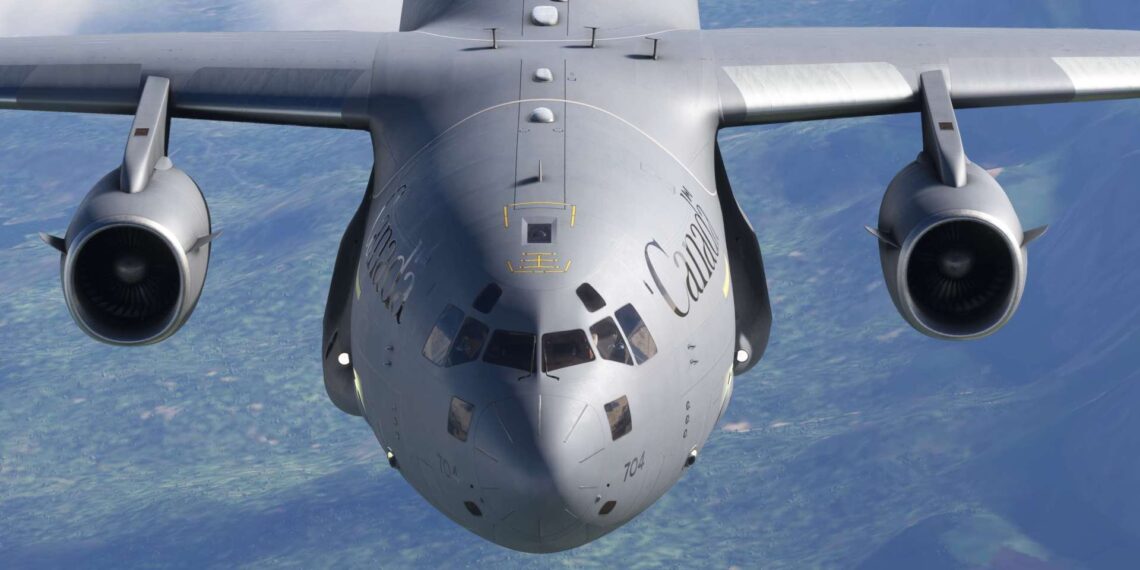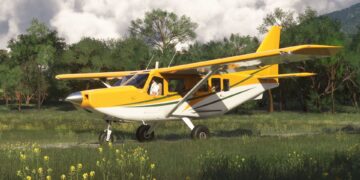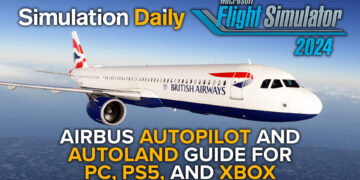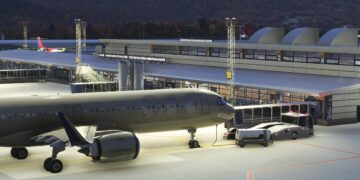Microsoft hosted a livestream dedicated to Microsoft Flight Simulator 2024, focusing on providing information on the software development kit (SDK) that will be made available to third-party developers shortly.
The livestreamed broadcast included Head of Microsoft Flight Simulator Jorg Neumann, SDK producer Hugo, Lead SDK Developer Eric, and Associate Lead Tech QA SDK Sylvain.
While the live stream was mostly aimed at developers who will create add-ons for Microsoft Flight Simulator 2024, some of the information provided is certainly interesting to the general public. This post focuses mostly on that information,
We get some clarity on backward compatibility. Most add-ons for Microsoft Flight Simulator will work on MSFS 2024 out of the box. The only exceptions are add-ons influencing biomes, modification to the UI, and some more unusual add-ons.
To detect potential issues with each add-on, a “devalpha” build of the simulator will be distributed. Developers will have to sign off all add-ons before they’re made visible in the new MSFS 2024 marketplace.
It’ll be launched on October 21, 2024 to all registered Marketplace partners. It’ll include devmode, the SDK (downloadable from te build), all the documentation, and free flight. The Diamond DA62 and Guimbal Cabri G2 are available as full samples for developers to explore,
Of course, MSFS 2024-dedicated add-ons won’t work on MSFS 2020. As you can see below, the content manager will clearly mark add-ons by simulator.
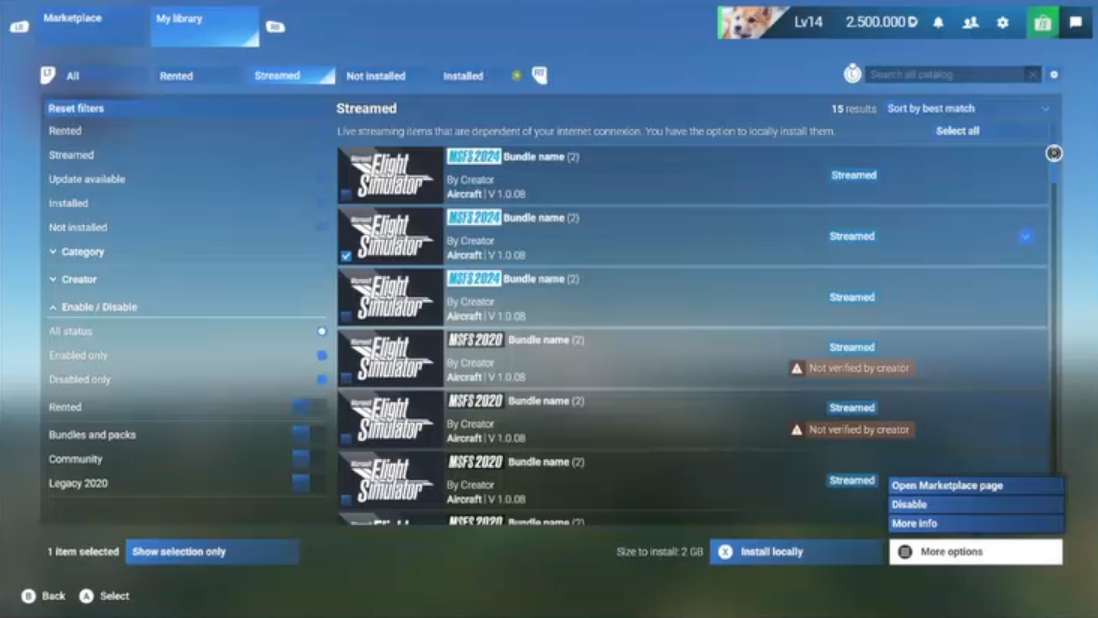
We learn that some assets won’t work in the same way in the two simulators to improve quality and performance. Lighting has changed and as such tweaking it to fit the new photometric calculations of 2024 is mandatory for an add-on to be certified for the new sim.
The new simulator uses LOD differently, and developers will be encouraged to make their models more efficient without degrading the looks, as you can see below, with an airport including 28 million triangle is is displayed with 9 million.
That being said, when an MSFS 2020 package is loaded, it isn’t affected by MSFS 2024’s LOD limits.
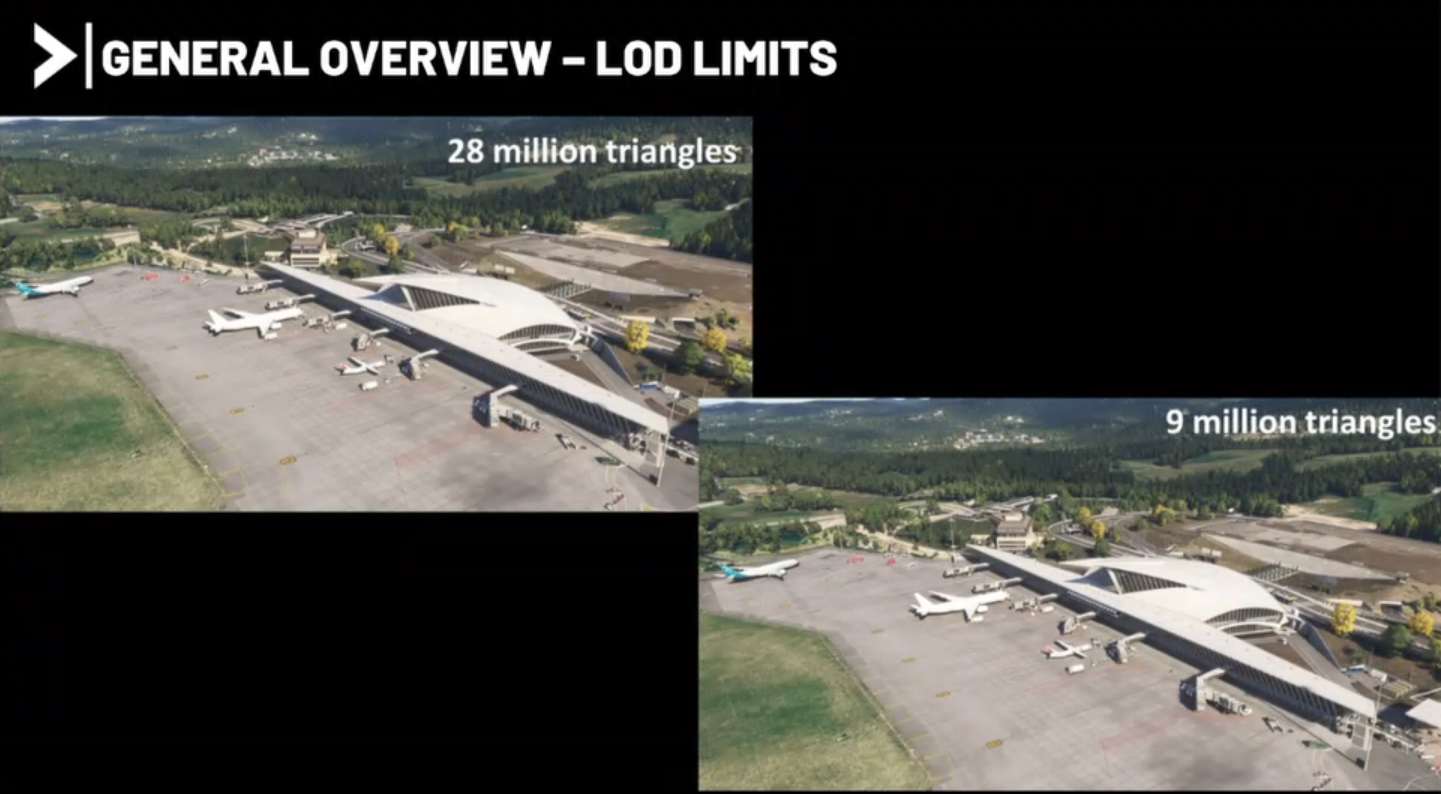
A very important element is Modular SimObjects. Now models are modular and made of multiple parts and and the LOD limits are applied by parts. This means that developers can create super-detailed parts when you watch them up close, but these won’t cause a performance hit when the camera is further away,
Here’s what it looks like, with variations that can be selected
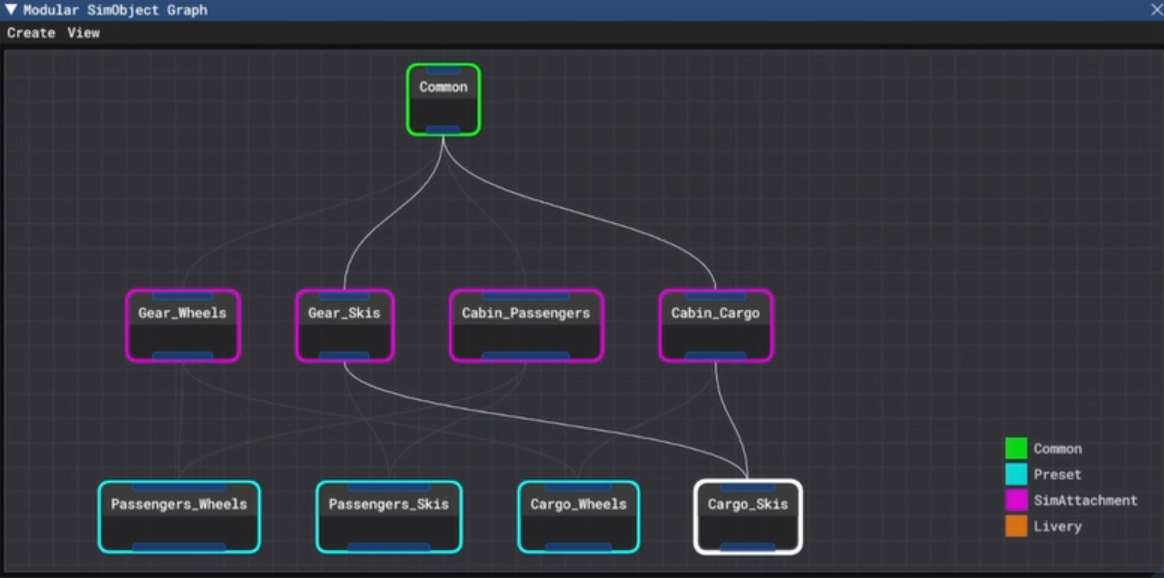
Developers will be able to define new geometry sections to define geometry in the flight model, offering developers more accuracy and flexibility. This enables things that weren’t possible in MSFS 2020, including aircraft with two fuselages or biplanes with two fully simulated wings.
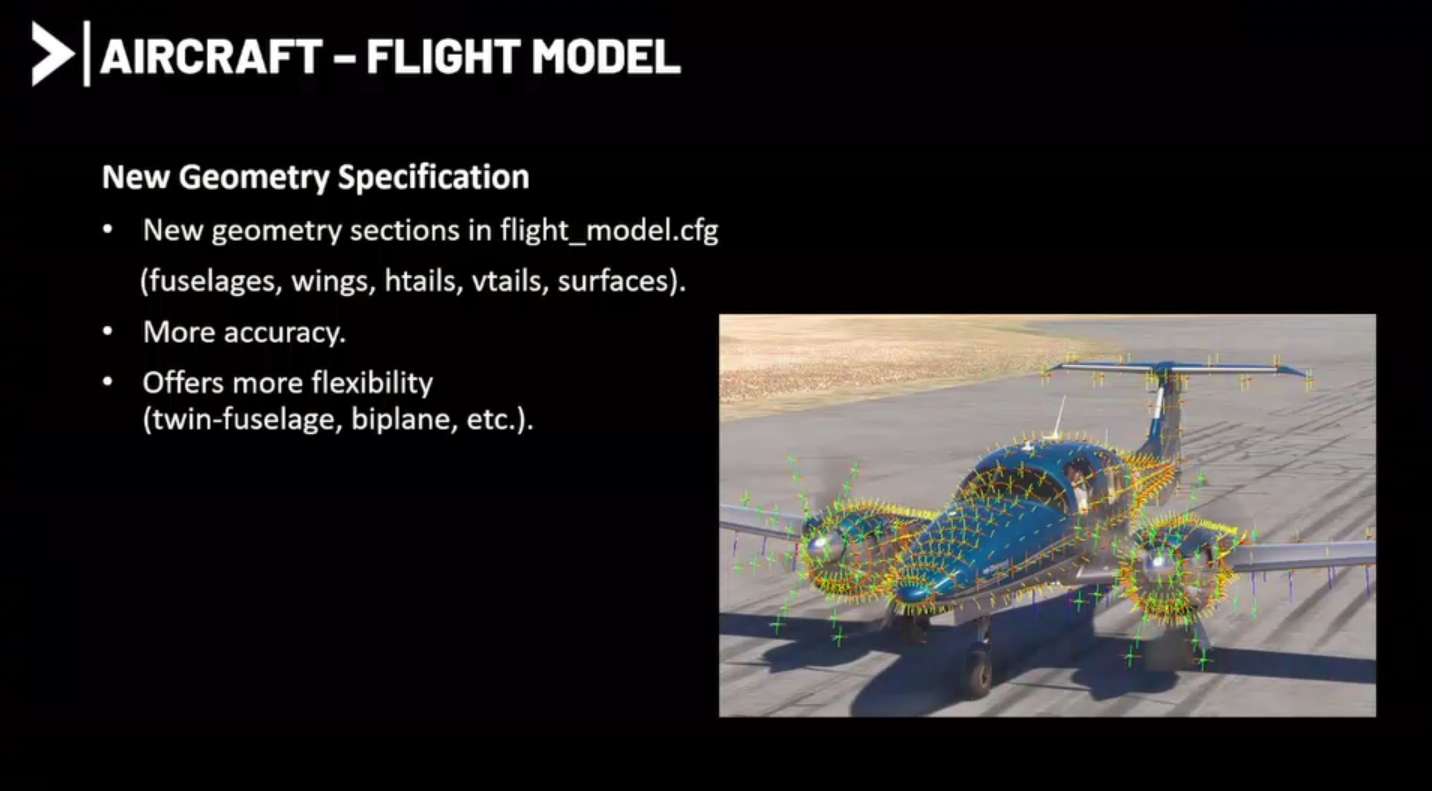
Looking at the systems, the simulation of the electrical systems has been improved with the addition of new components like breakers, diodes, relays, and transformers. The internal resistance for batteries is also simulated.
Entirely new systems have been added including Pneumatics, Hydraulics, and Liquid Dropping. A new dedicated brake system simulates how temperature affects braking performance. Overheated brakes will also wear down faster. Wear and tear will affect aircraft performance and handling in general.
Third-party aircraft can be compatible with the career mode. To be compatible with an activity, an aircraft needs to meet certain criteria. The SDK documentation will include these criteria. The SimObject Editor will also display whether these criteria are met.
Career compatibility will be available for all Marketplace partners making aircraft for MSFS 2024. Aircraft that aren’t on the marketplace won’t be usable in career mode. The intention is for aircraft that are in the marketplace purchased via other shops to still work in Career, but Asobo needs to test it. More information will be shared at a later time.
The new features are optional. Flight models will translate 1:1 so if developers don’t change anything, the aircraft will behave exactly like it did in MSFS 2020.
Gameplay features from the career system (placing fires, helicopter sling loading, banner towing, etc.) won’t be exposed to developers via the SDK at launch to use in free flight, but the developers are open to considering it for the future.
The marketplace will show clearly which aircraft is usable for which career activity and players will be able to filter these options to seek aircraft that meet a specific purpose.
Sim Prop Containers work pretty much like Modular Simobjects but for scenery, allowing for great detail when you at something from up close, without performance impact when you move the camera away.
Airport developers will be able to tweak archetypes for their creations including patches, cracks, tire rubber, ceiling, growing, and dirt. For each, they can set density, opacity, and materials.
A very welcome change is that the drone camera won’t be affected by the collision materials of buildings anymore.
WASM modules will run on their own thread and not on the main thread. They’re not multithreaded (albeit this is something the developers want to achieve going forward). This leads to performance gains.
A mission editor won’t come for launch but the developers want to make one. They cannot commit to a timeframe for now.
Microsoft Flight Simulator 2024 will release on November 19, 2024. You can enjoy our hands-on preview with plenty more interesting details for your perusal, alongside more information aplenty shared a few days ago by the developers.
You can also watch our interview with Head of MSFS Jorg Neumann and Asobo CEO Sebastian Wloch, another with Asobo CCO David Dedeine, and one featuring Chris Burnett of Working Title and Brandon Yaeger of Got Friends about their work on MSFS 2024.
Last, but not least, you can take a look at our A-10 flight through the Grand Canyon, our first look at the extensive pilot customization, another at the first mission of the Career Mode, a video featuring the new walk-around move showing off a Boeing 737 MAX up close and personal, and a challenge with the A-10 over the Blue Ridge Mountains.

